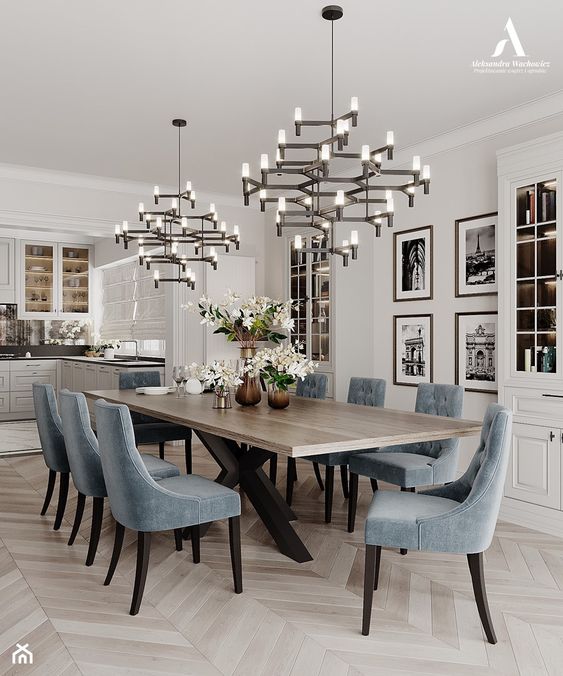|
Transitional interior design is a fusion of classical and contemporary styles, showcasing sophistication and harmony like no other. It has gained immense popularity in recent times due to its adaptable nature and compatibility with diverse design themes. This guide delves into the intricate details of transitional interior design, offering insights on how to effortlessly integrate it into your personal or commercial space. Grasping the Fundamentals of Transitional Interior Design Transitional interior design is defined by its elegant lines, neutral hues, and judicious mix of conventional and modern elements. This style seamlessly blends traditional and contemporary elements to create a timeless and refined aesthetic. The following are the defining traits of transitional interior design:
Incorporating Transitional Design into Your Living Space Incorporating transitional interior design into your personal or commercial space involves consideration of the following key elements:
In Conclusion Transitional interior design is a versatile and evergreen style that can be effortlessly integrated into any space. Its seamless blend of traditional and contemporary elements results in a sophisticated and harmonious appearance, making it an excellent choice for personal or commercial spaces. By considering the key elements outlined in this guide, you can effortlessly create a functional and aesthetically pleasing space that embodies the essence of transitional interior design. Curious about other Interior design styles? Check out our definitive guides on Modern Interior Design next. Also be sure to check out an Ultimate Guide to Houston Contemporary Interior Design Post for even more. Frequently Asked Questions
What is transitional vs. modern style? Transitional and modern styles both prioritize simplicity and sleek lines, yet transitional style brings together traditional and up-to-date elements to create a warm ambiance. Modern style, on the other hand, has an emphasis on minimalism while still providing function. What Are Transitional Style Colors? Achieving the perfect balance between warm and cool tones is easy with Transitional Style. This style utilizes a muted color palette of neutral hues, creating an atmosphere that's both calming and inviting. If you want to achieve this look in your own home, here are some common colors to consider: What is a Transitional Kitchen? With their uncluttered lines and subtle accents, transitional kitchen remodels promote a cozy atmosphere that's perfect for gathering with friends and family. Cabinets often feature sleek raised panel designs or simple flat doors to create an effortless aesthetic. To make the room inviting, consider adding comfortable seating, soft lighting fixtures, or other subtle touches to add warmth and charm into your kitchen design. What is a Transitional Bathroom? Combining various materials such as wood, stone and metal to create a unified aesthetic is commonplace in transitional bathroom remodeling. For instance, wooden bases paired with stone countertops or showers adorned by glass and tile mosaics are common sights. Although they have an updated appearance, classic elements like intricate lighting fixtures, ornamental mirrors or grandiose clawfoot tubs may still be found within their confines.
0 Comments
|



 RSS Feed
RSS Feed